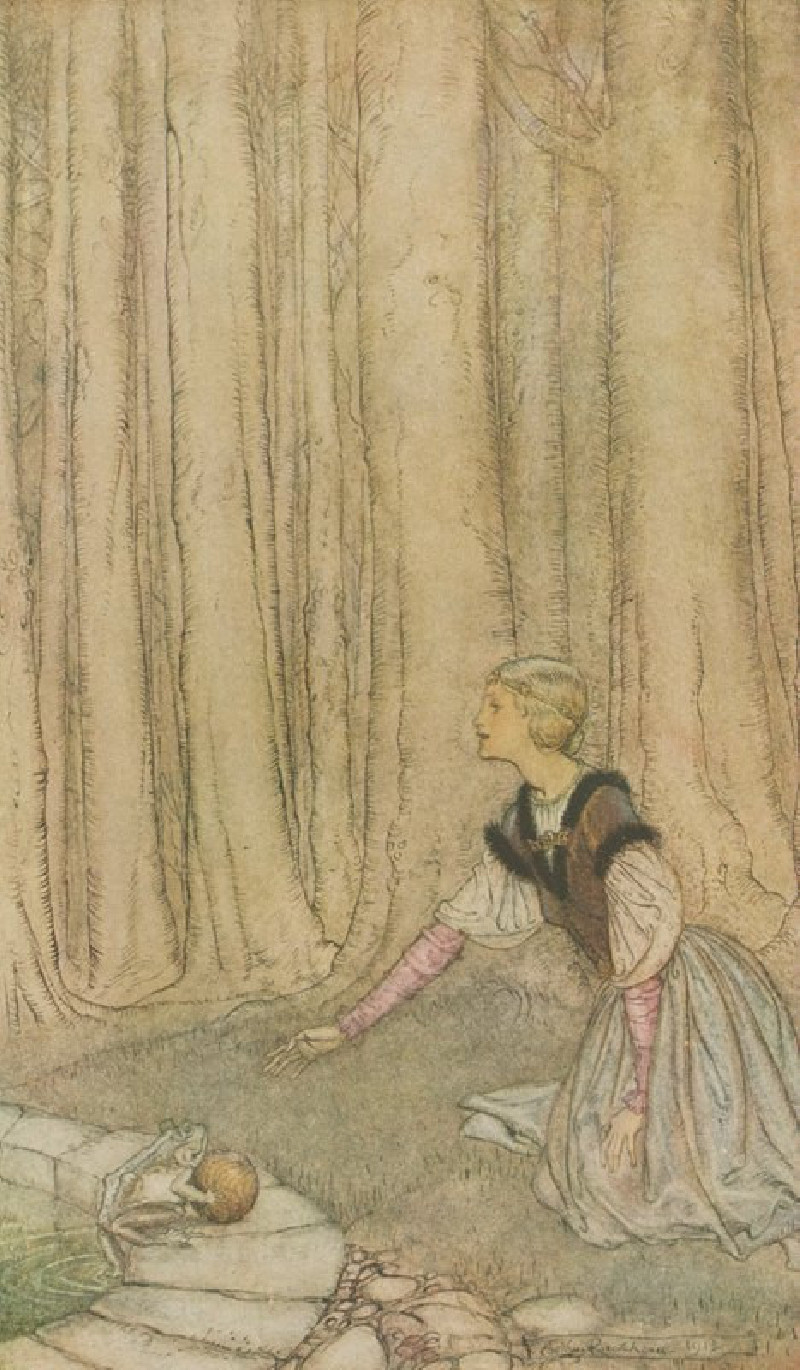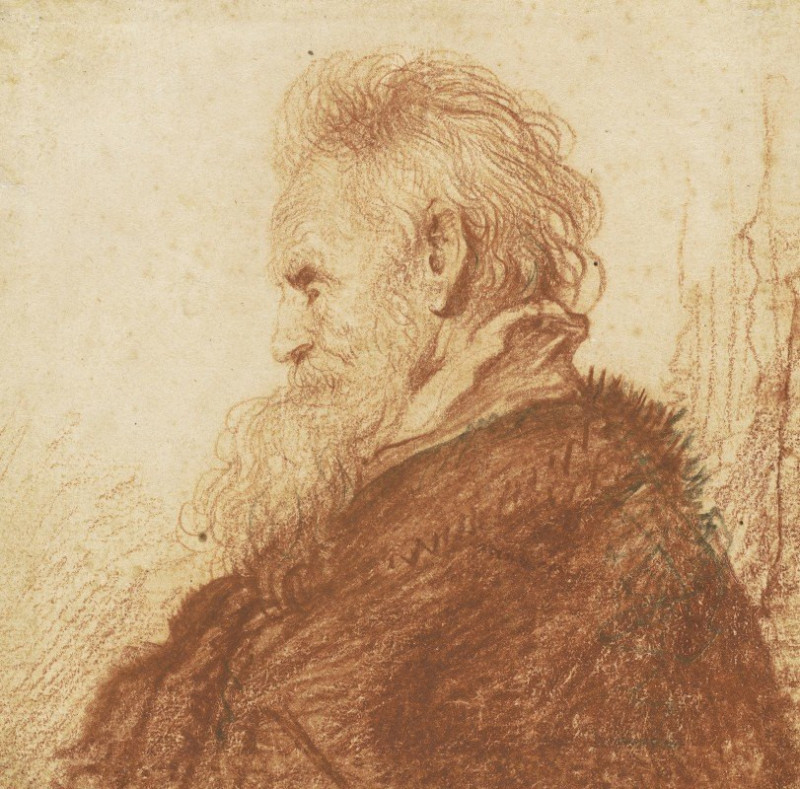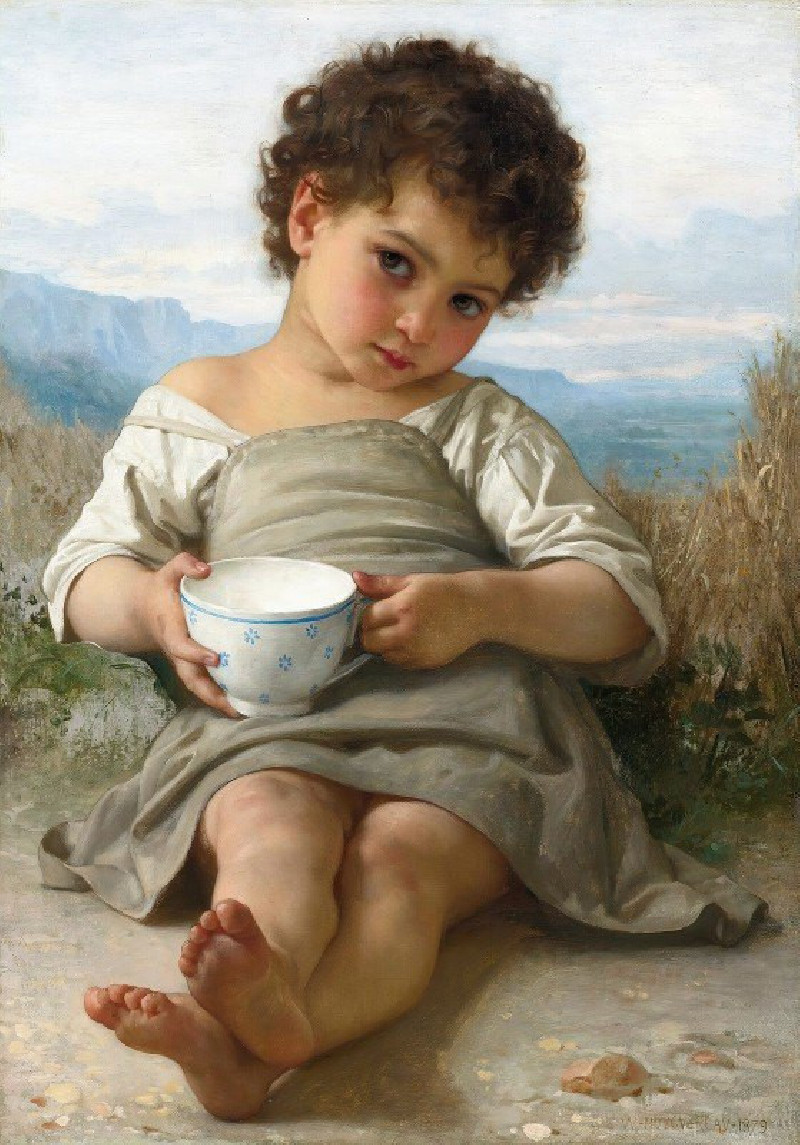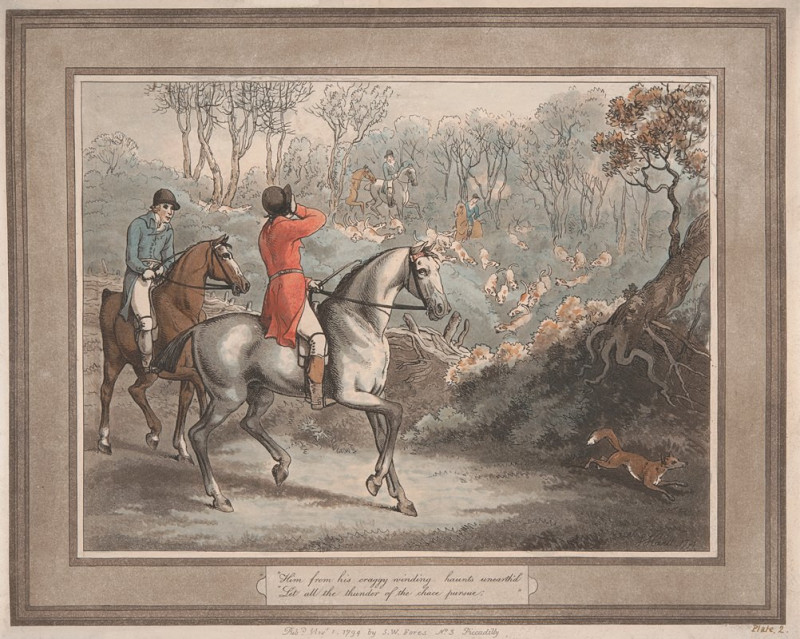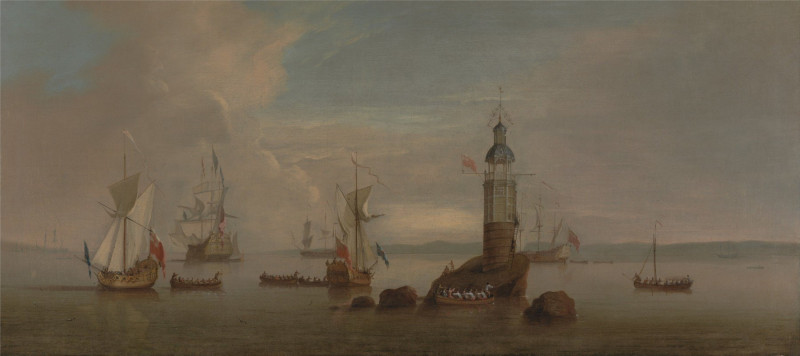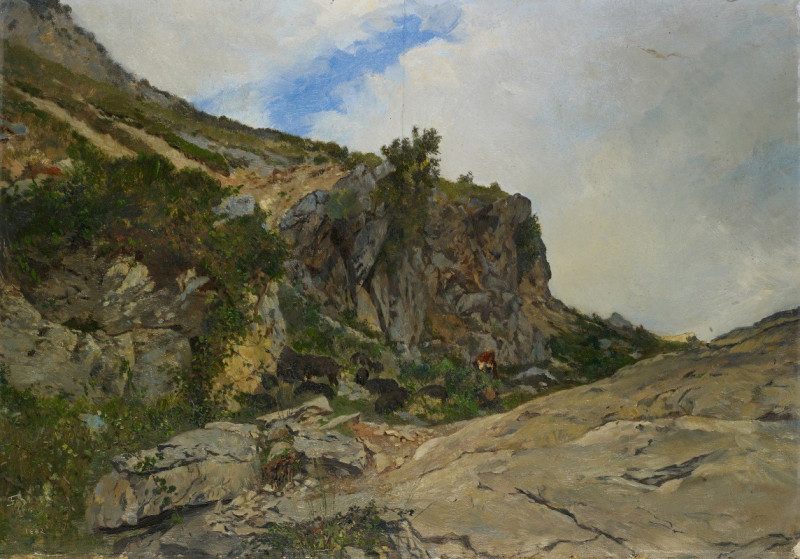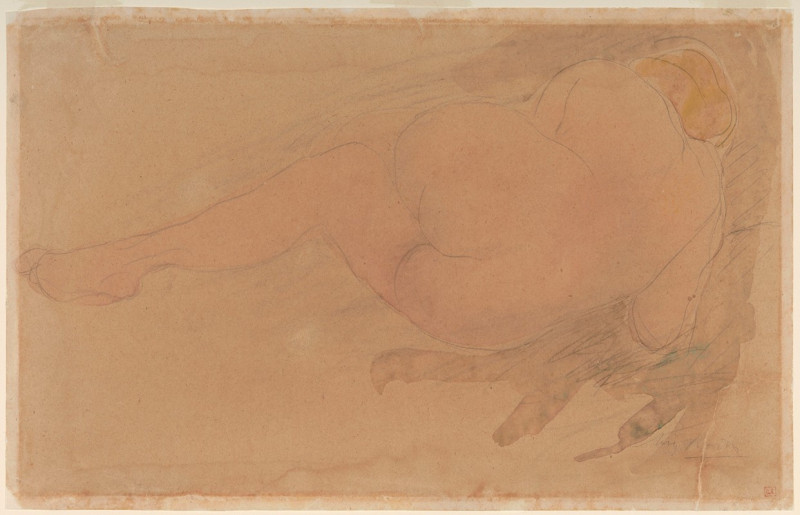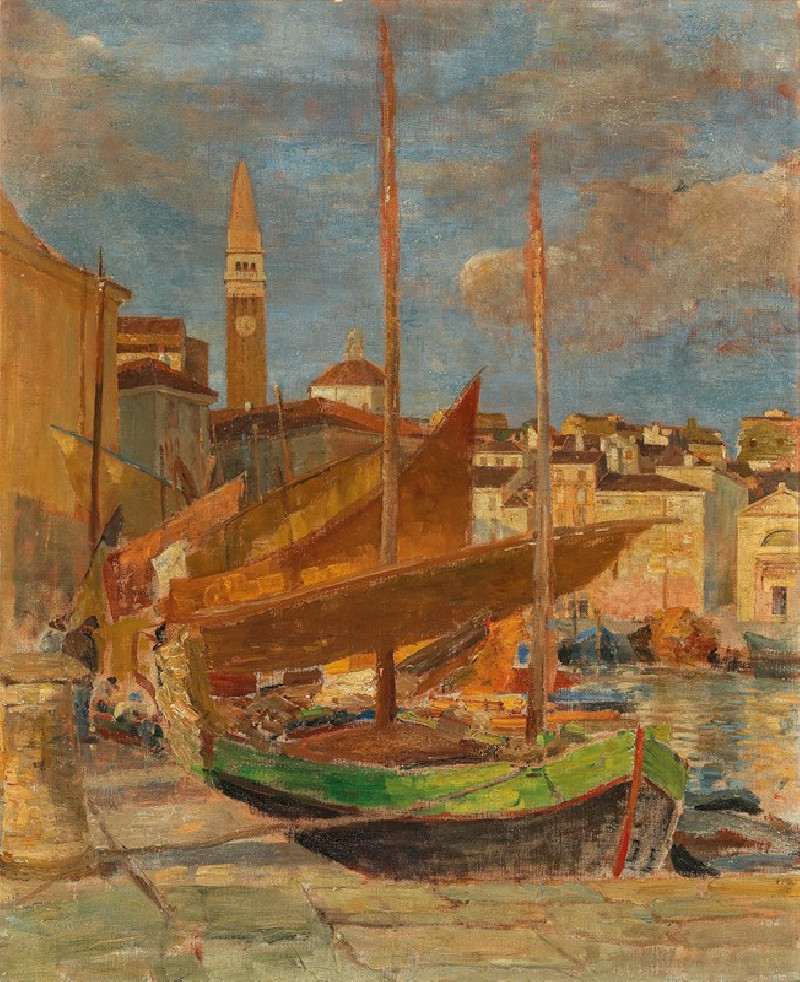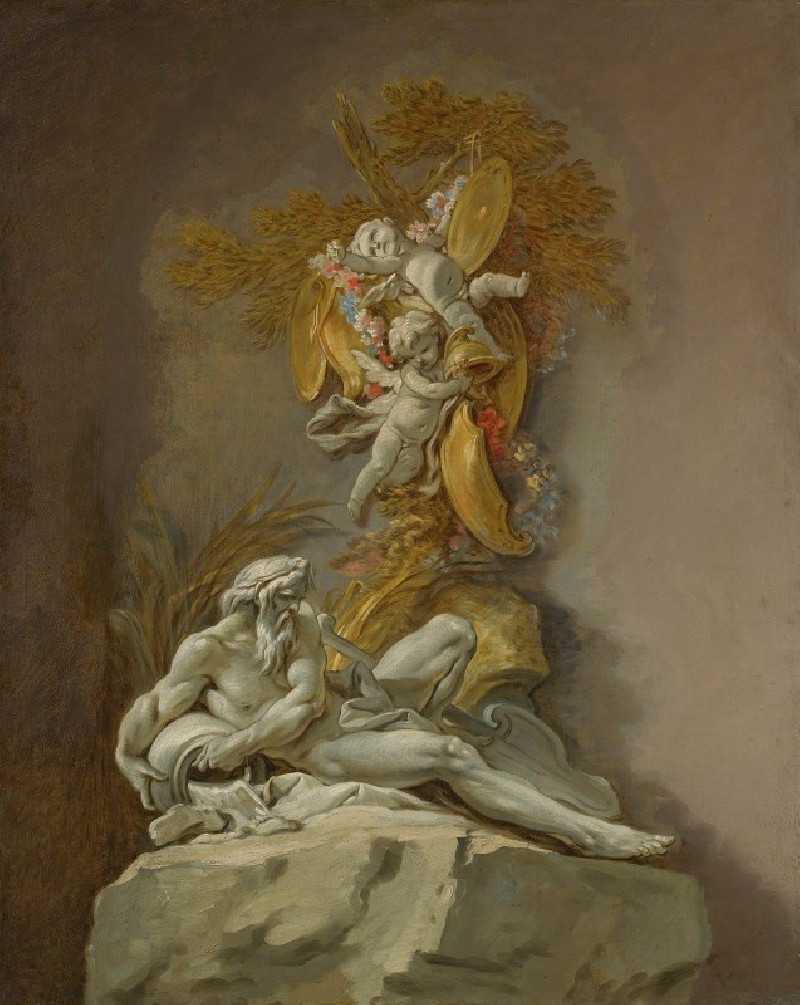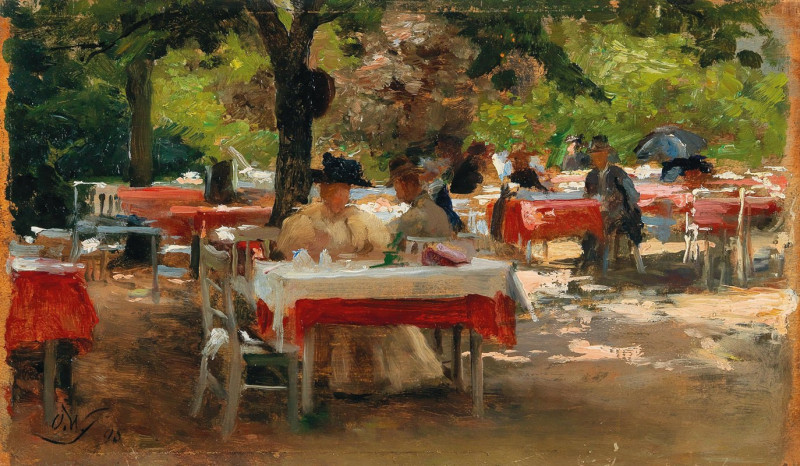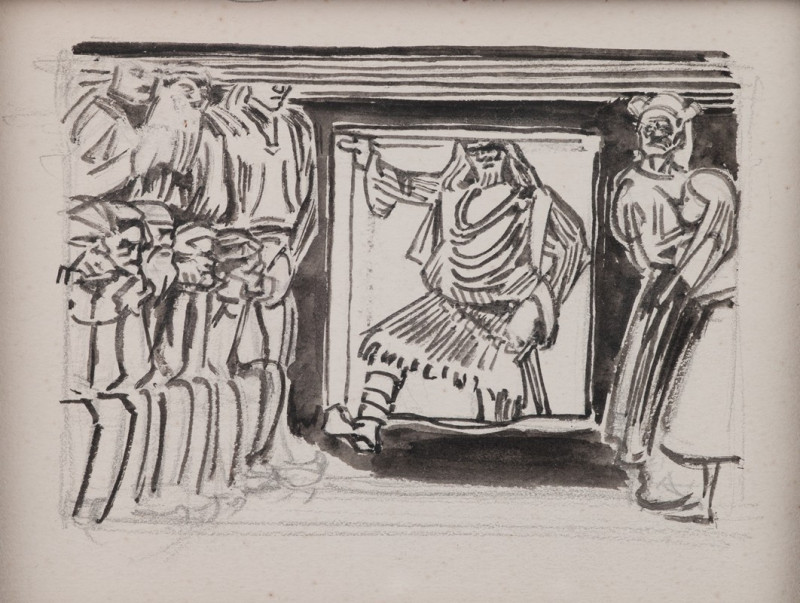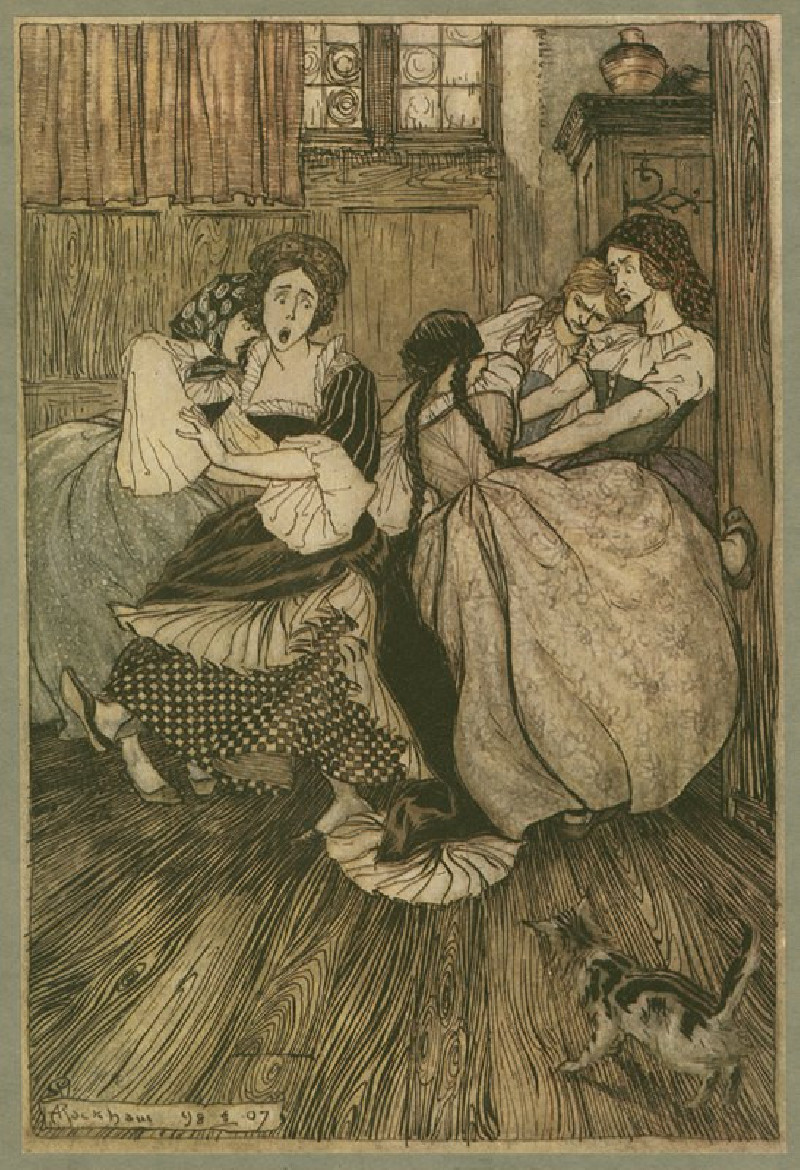Castle Garden (1919)
Technique: Giclée quality print
Recommended by our customers
More about this artwork
Dive into the imaginative world of Paul Klee with the enchanting composition "Castle Garden." Created in 1919, this painting is a vibrant symphony of colors and shapes that transcends traditional representations, inviting viewers into a mystical and architecturally playful universe."Castle Garden" showcases Klee's mastery in abstract art, composed of various geometric forms and a spectrum of colors ranging from delicate pastels to deep, resonant hues. The painting may appear as a fantastical landscape at first glance, filled with structures that suggest castle turrets, whimsical gardens, and mysterious passageways. Each element is meticulously placed, yet the overall effect is one of dreamlike spontaneity.Central to the composition is a series of bold, central figures that might represent the main castle structure, surrounded by a series of smaller, intricate forms that could be seen as garden elements — flowers, leaves, or ornamental designs. The interplay of light and shadow, along with the translucent layering of colors, adds depth and intrigue, making the castle garden not just a physical space but a state of mind, ripe for exploration and interpretation.Designed to ignite the imagination and provoke contemplation, "Castle Garden" is a quintessential example of how Klee's work blends simplicity with complexity to stir emotions and provoke a sense of wonder. This piece is an invitation to wander through an abstract, serene garden, a journey that promises different discoveries with every viewing.
Delivery
Returns
Paul Klee was a Swiss-born German artist. His highly individual style was influenced by movements in art that included expressionism, cubism, and surrealism. Klee was a natural draftsman who experimented with and eventually deeply explored color theory, writing about it extensively; his lectures Writings on Form and Design Theory (Schriften zur Form und Gestaltungslehre), published in English as the Paul Klee Notebooks, are held to be as important for modern art as Leonardo da Vinci's A Treatise on Painting for the Renaissance.

































